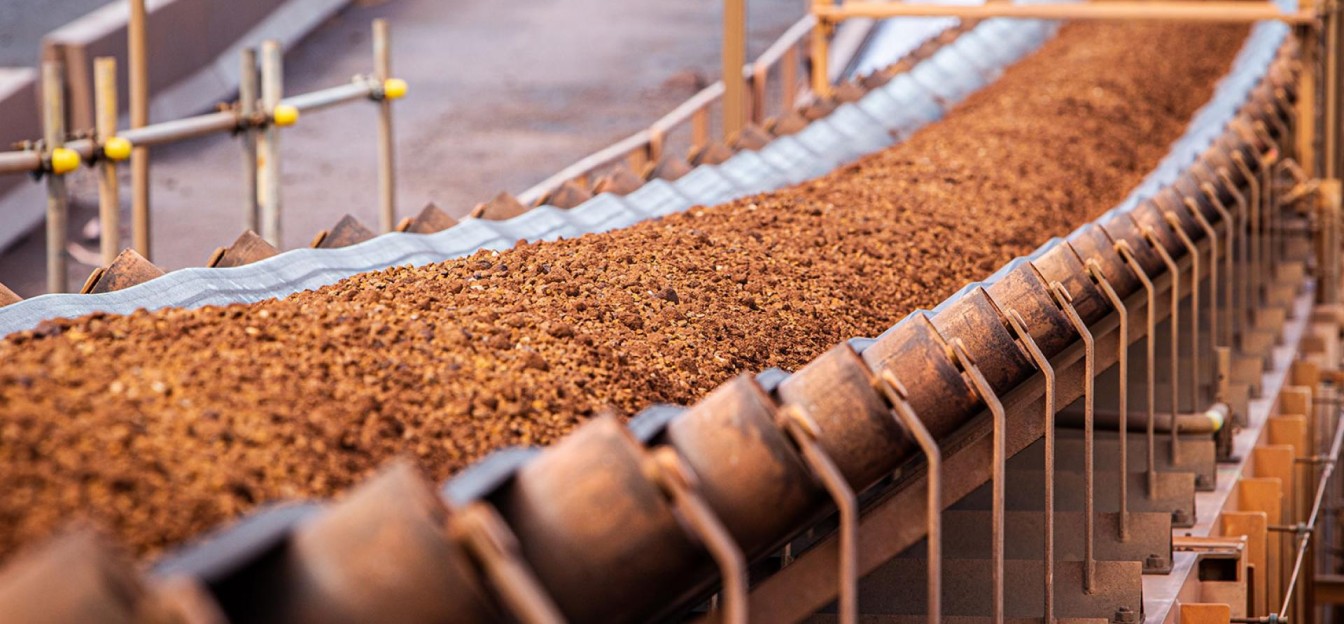The issue for the market is how quickly does the extra support for the property sector translate into higher steel demand, and thus demand for iron ore, the key raw material. This means demand for iron ore in China, which buys almost 75% of global seaborne volumes, will stay largely dependent on other sectors, such as manufacturing and infrastructure.
Industrial profits returned to growth in April, rising 4.0% after declining 3.5% in March, leaving them 4.3% higher over the first four months of 2024 compared to the same period a year earlier.
The rising profits came as industrial output grew 6.7% year-on-year in April, largely as a result of strong exports. However, retail sales remained soft, gaining just 2.3% in April, the lowest since December, while credit growth fell more than expected to 730 billion yuan in April, down from 3.09 trillion yuan in March.
The concern is that even if the new measures are successful in reviving a sector that at one stage accounted for a quarter of China's gross domestic product, it will take at least several months, and likely far longer, for new construction to meaningfully boost steel demand.
